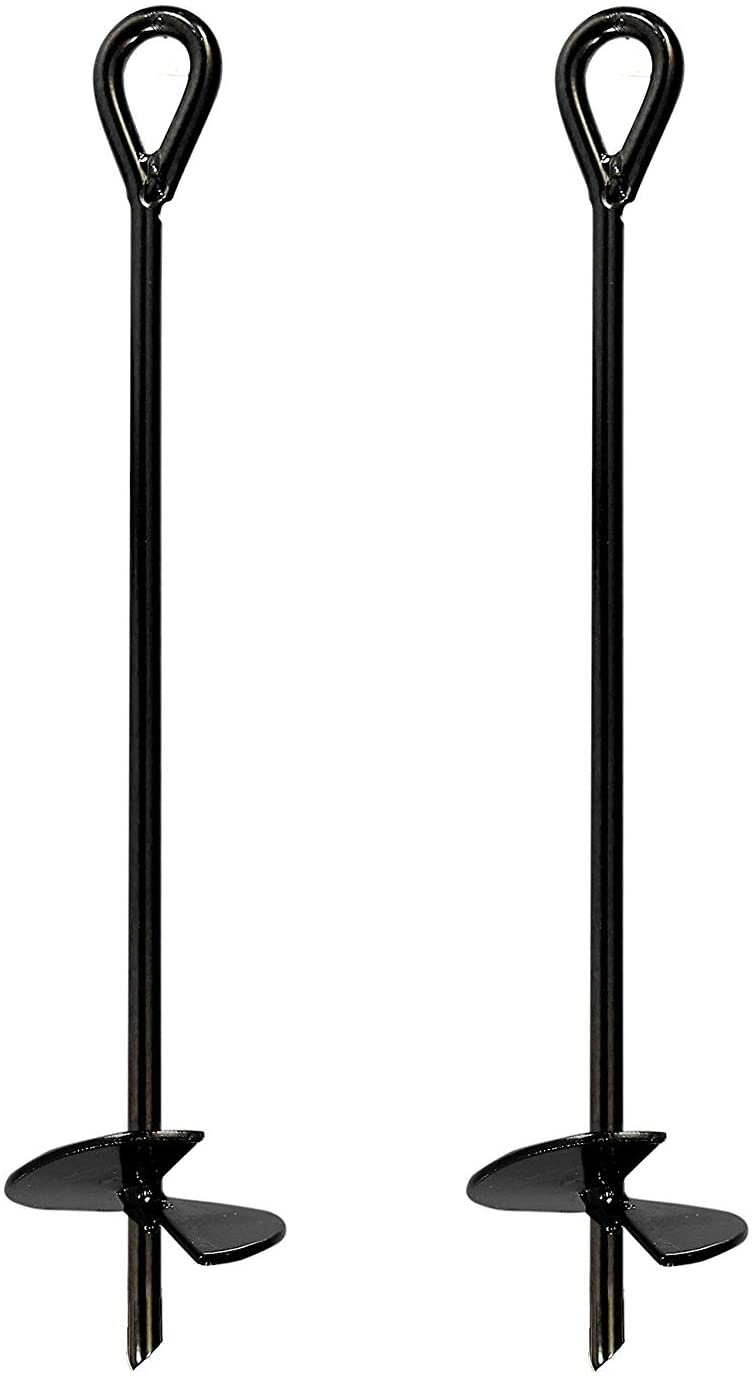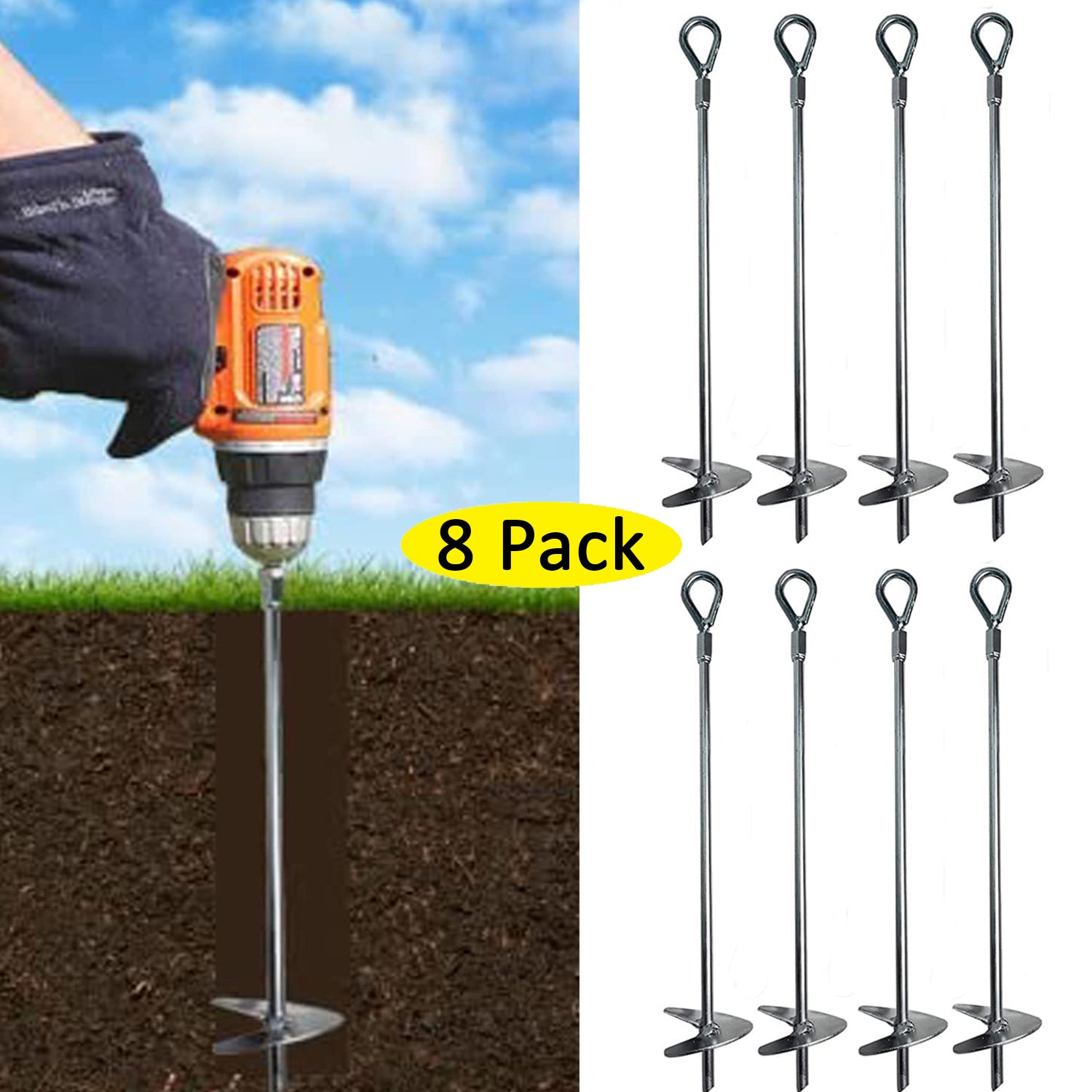Discover the Advantages of Using Ground Support for Boosted Stability
Ground supports are integral to improving stability across various applications, specifically in building and exterior occasions. Their capacity to offer support versus side forces makes them indispensable in testing soil problems, using a reputable solution during extreme weather condition situations. Furthermore, ground supports are developed to minimize environmental impact and installation costs, while accommodating certain project demands. As we check out the diverse advantages of ground supports, an essential inquiry arises: what elements should be thought about when picking the most appropriate type for your job?
What Are Ground Anchors?
Making use of cutting-edge engineering remedies, ground supports are specialized devices developed to safeguard frameworks to the ground, providing security and assistance in different applications. These supports are typically embedded deep right into the dirt and are made use of in a series of building and civil engineering jobs, consisting of buildings, keeping walls, and bridges. By moving the load of a framework into the surrounding earth, ground anchors properly combat pressures such as tension, shear, and lateral lots.
Ground anchors come in various kinds, including passive and energetic systems - Ground Anchor. Easy anchors count on rubbing and the weight of the framework for security, while energetic anchors utilize tension to boost their grasp within the dirt. Typical materials for ground anchors consist of steel, which supplies high tensile toughness, and synthetic materials, which can offer corrosion resistance in particular settings
The installment of ground supports is an important action in ensuring the lasting resilience of structures. Proper layout and implementation are important to suit elements such as dirt make-up, environmental problems, and tons needs. Consequently, ground anchors play a crucial role in keeping the honesty and security of engineering projects across varied settings.
Key Advantages of Ground Anchors
Ground anchors supply several vital benefits that enhance the security and long life of structures in numerous design applications. Among the primary advantages is their ability to offer added assistance and resistance against lateral forces, such as wind and seismic task. This raised security is vital for keeping the honesty of frameworks, specifically in difficult environments.
Furthermore, ground anchors are flexible and can be made use of in a selection of dirt problems and terrain kinds. Their adaptability enables designers to implement anchoring services tailored to details job needs, ensuring optimum efficiency. The setup of ground anchors is normally less intrusive and calls for very little excavation, reducing the ecological effect and construction time.
Furthermore, ground anchors contribute to cost-effectiveness by decreasing the requirement for comprehensive foundation job. By distributing lots much more evenly, they can lower the general product demands and costs connected with conventional structure techniques. Lastly, the lasting performance of ground anchors can cause decreased maintenance needs, better enhancing their financial viability. Collectively, these benefits placement ground supports as a trustworthy service for improving structural security in design tasks.
Applications in Construction
The convenience of ground anchors makes them invaluable in numerous building applications - Ground Anchor. These supports supply necessary stablizing for structures, particularly in tough soil problems or on sloped terrains. They are commonly utilized in keeping wall surfaces, making certain that these structures can hold up against side earth stress while avoiding dirt disintegration
In structure work, ground supports are important for safeguarding momentary structures, such as shoring systems, during excavation procedures. By offering extra helpful resources assistance, they help preserve the honesty of nearby structures and prevent ground motion. In addition, ground anchors are used in the construction of towers and bridges, where they can soak up tensile loads and improve the general security of the framework.
Additionally, ground supports are indispensable in the setup of wind turbines, where they assist secure the turbine base against high winds and various other ecological tensions. Their adaptability enables various styles, including helical, driven, and grouted supports, customized to view it now certain site problems. On the whole, the application of ground supports in building not just boosts security however additionally adds to the durability of structures, making them a fundamental part in modern-day design practices.
Enhancing Outdoor Occasion Stability
Ensuring stability at exterior occasions is crucial for both safety and security and functional performance. Ground anchors provide a trustworthy option to safeguard momentary structures, such as outdoors tents, stages, and tools, versus negative climate condition and unexpected disturbances. By making use of ground anchors, occasion planners can considerably lower the risk of architectural failing, which can lead to injuries and accidents.
The execution of ground anchors plays an essential duty in preserving the integrity of the event format. For example, they can successfully support outdoors tents and canopies, making sure that they stay securely in position throughout gusty problems. This not only protects participants yet additionally protects the equipment and materials within the event room.
In addition, ground supports improve the overall aesthetic of outside events. By eliminating the need for added supports or cumbersome weights, they produce a cleaner, more organized look. This is especially vital for top-level events where visual presentation matters.
Choosing the Right Ground Anchor
Selecting the appropriate ground anchor is essential for achieving optimal stability and safety and security at outdoor occasions. Numerous variables must be considered when making this choice, including dirt type, ecological problems, and the particular demands of the structure being anchored.
To start with, assess the soil problems where the support will certainly be set up. Sandy or loose dirt might call for a different support kind compared to clay or rocky terrain. Auger anchors are reliable in loose soils, while deadman supports offer better stability in stronger ground.


Following, examine the ecological problems, such as wind lots, possible rainfall, and the total climate projection - Ground Anchor. Greater wind speeds require more robust anchoring services to avoid motion or tipping of frameworks
In addition, consider the weight and elevation of the frameworks involved. Bigger camping tents or canopies will certainly require heavier-duty supports compared to smaller sized arrangements.
Verdict
Finally, ground anchors offer as a crucial service for boosting security throughout numerous applications. their website Their ability to offer added support versus side pressures in challenging soil conditions ensures the security and honesty of frameworks. The adaptability of ground anchors enables reliable usage in both short-lived and irreversible installments, substantially decreasing environmental influence and installment expenses. Eventually, the fostering of ground supports stands for a prudent option for attaining optimum stability in building and construction and outdoor setups.
